Optimal Timing for Foundation Repairs
Foundation repairs are most effective when performed during specific times of the year that minimize soil movement and environmental stress. Proper timing can help ensure the longevity of repairs and reduce the likelihood of future issues. Understanding seasonal conditions and soil behavior is crucial for scheduling foundation work effectively.
Spring offers moderate weather conditions and soil moisture levels, making it a suitable time for foundation work before summer heat causes soil to dry and contract.
Fall provides cooler temperatures and stable soil conditions, reducing the risk of soil expansion or contraction that can affect repairs.
Winter is generally unsuitable due to freezing temperatures and frozen ground, which can hinder excavation and foundation stabilization efforts.
Summer's high temperatures and dry soil can cause shifting, making repairs more challenging and less effective during this season.
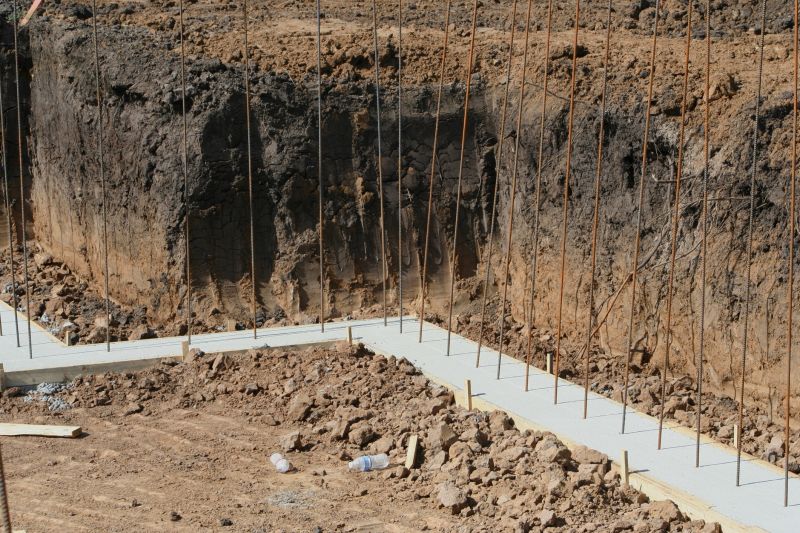
Spring soil conditions are ideal for foundation stabilization projects.
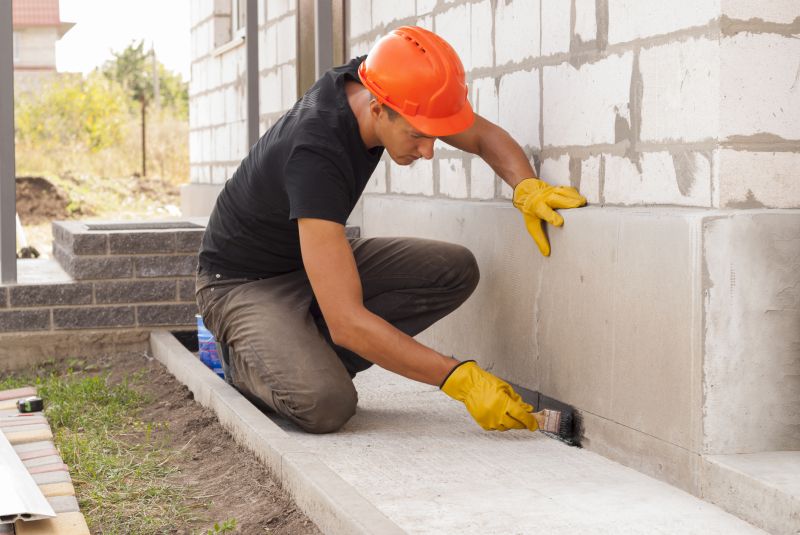
Fall offers stable soil and moderate weather for effective repairs.
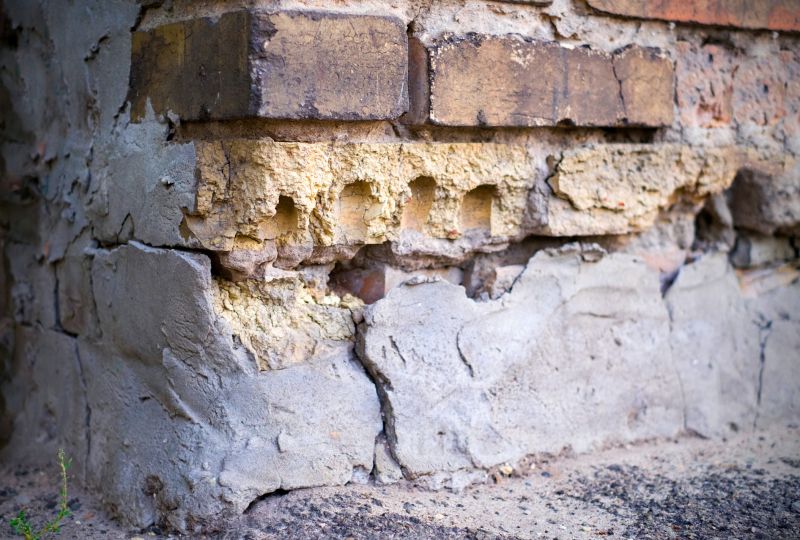
Frozen ground and low temperatures hinder foundation work in winter.
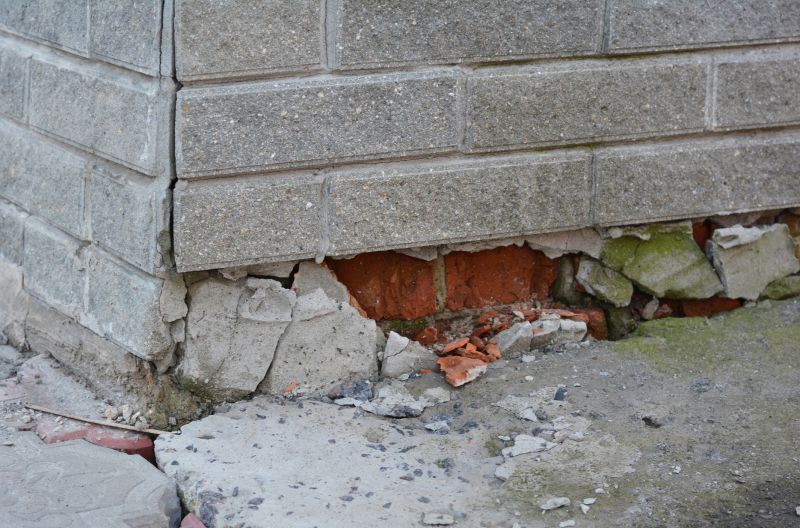
High temperatures and dry soil complicate foundation repair efforts.
| Season | Suitable for Foundation Repairs |
|---|---|
| Spring | Yes |
| Fall | Yes |
| Summer | Limited |
| Winter | No |
Foundation repairs address issues such as settling, cracking, and shifting caused by soil movement, moisture changes, and structural stress. These repairs are essential for maintaining the stability and safety of a property. Properly timed repairs can prevent costly damages and extend the lifespan of the foundation. Soil conditions, weather patterns, and seasonal moisture levels play a significant role in determining the best time for foundation work.
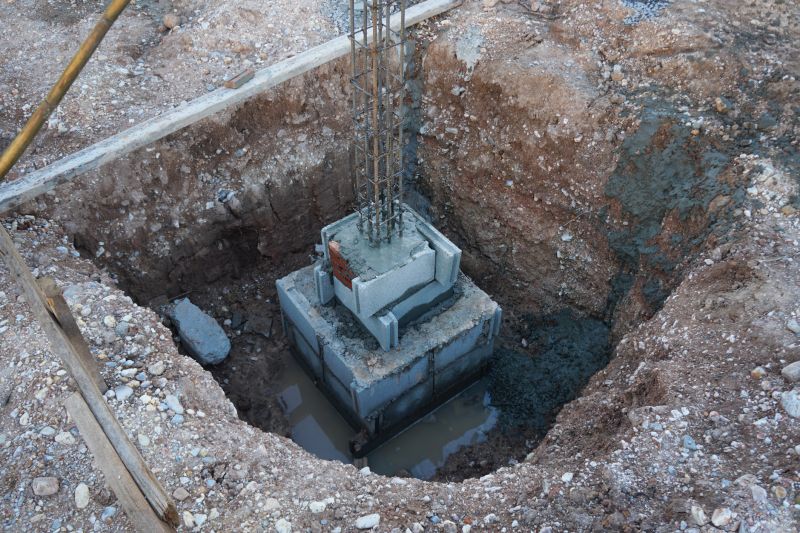
Excavation, stabilization, and reinforcement are key steps in foundation repair.

Cracks indicate shifting and require timely repairs to prevent further damage.
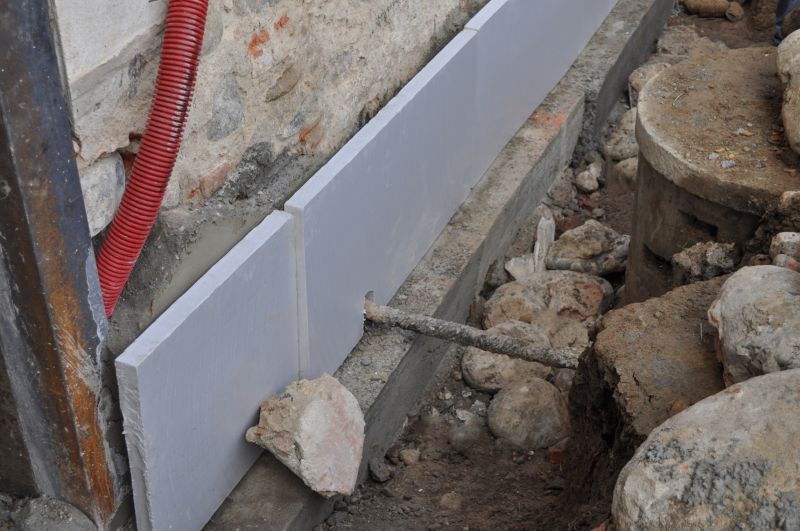
Methods include underpinning and piering to restore stability.

Ways to make Foundation Repairs work in tight or awkward layouts.

Popular materials for Foundation Repairs and why they hold up over time.

Simple add-ons that improve Foundation Repairs without blowing the budget.

High-end options that actually feel worth it for Foundation Repairs.
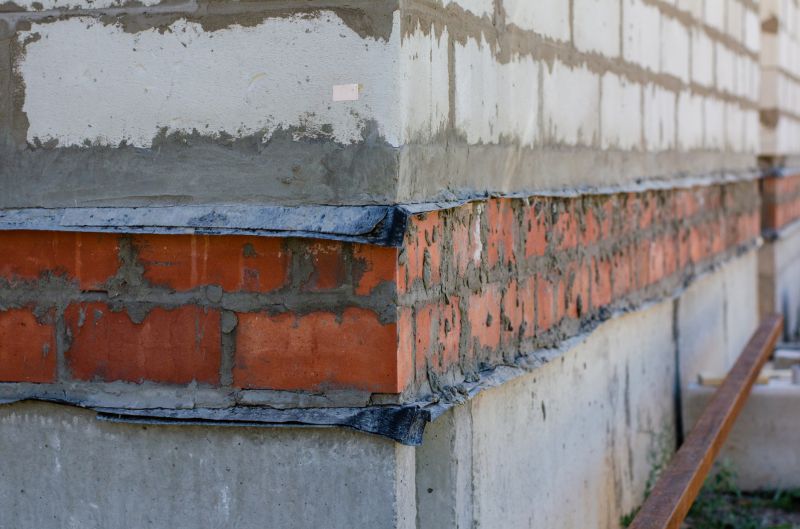
Finishes and colors that play nicely with Foundation Repairs.
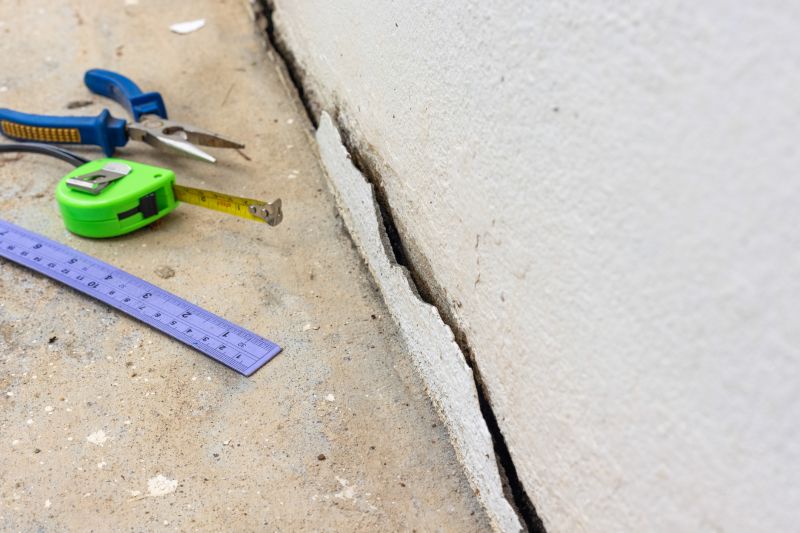
Little measurements that prevent headaches on Foundation Repairs day.
Timely foundation repairs help preserve the structural integrity of a property and prevent issues such as uneven floors, wall cracks, and door or window misalignments. Regular inspections can identify early signs of foundation problems, allowing for repairs during optimal seasons. Consulting with foundation specialists can determine the best timing based on local soil and weather conditions.
Interested in Foundation Repairs
If foundation repairs are needed, filling out the contact form can provide access to professional assessments and scheduling during the most suitable seasons. Proper timing and expert intervention are key to ensuring durable and effective repairs.

